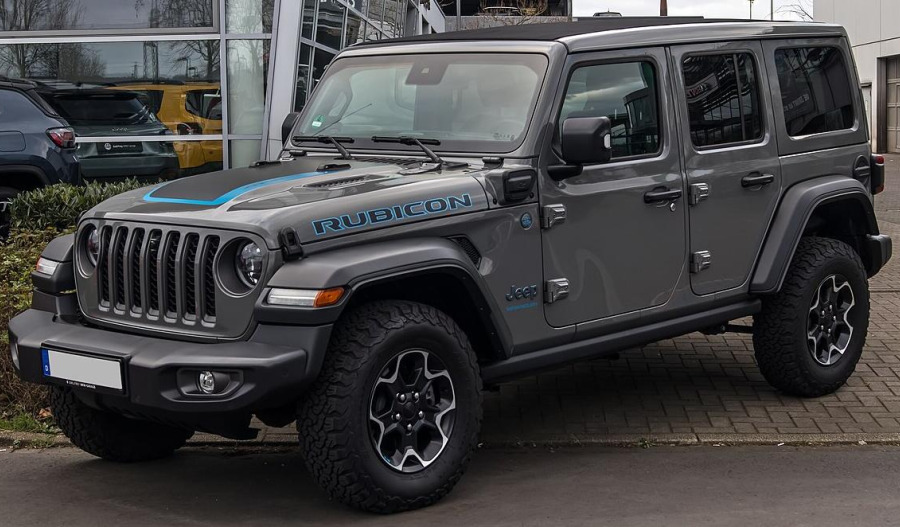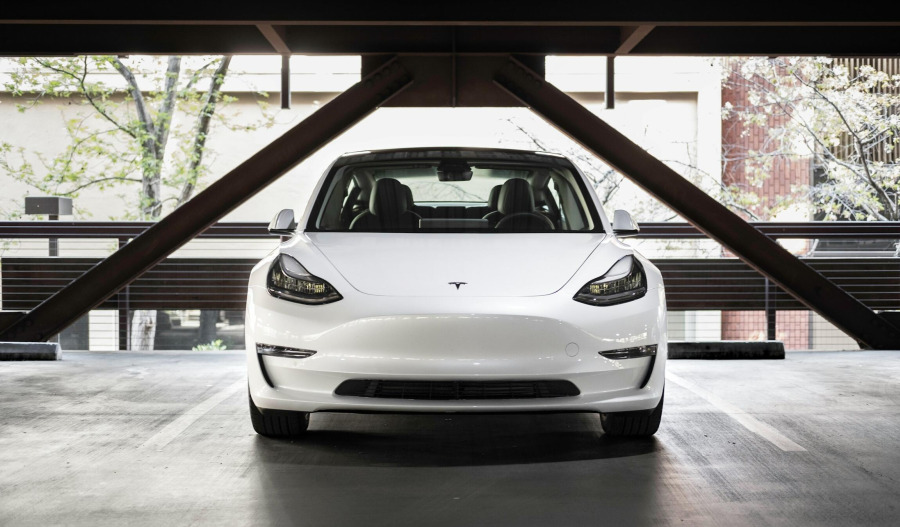Electric car sales reached record highs in Australia while internal combustion engine (ICE) sales dipped below 70% for the first time.
The data from the Australian Automobile Association (AAA) showed that Battery electric vehicle (BEV) sales accounted for 9.7% of the market during the September quarter, up from 9.31% in the June quarter.
While BEV sales have been steadily rising in market share, ICE vehicle shares have been dropping and fell to 69.65% during the September quarter, marking a dramatic decrease from 72.03% in the June quarter.
The market share for ICE vehicles was even lower in NSW (68.74% and Victoria (68.04%). In the Australian Capital Territory petrol petrol-powered cars accounted for less than half of all new cars sold.
Despite its decline, ICE remained the leading fuel type across all market sales, except in medium cars, where hybrids (40.70%) and BEVs (40.27%) dominated.
Hybrids have also been on the rise, accounting for 16.52%, the second-highest total quarterly sales since the quarterly EV index was created in 2023.
Medium SUVs remained the most popular vehicle segment for Australians, accounting for 26.06% of the market share in the September quarter.
The Electric Vehicle Council’s head of legal, policy and advocacy, Aman Gaur, welcomes the growth in EV sales.
“There is a trend that is clear over the last two years that Australians are moving away from environmentally dangerous, expensive to run cars, towards ones that are electrified – and they are saving lots of money,” he said.
This comes as the federal government has implemented policies to boost the uptake in EVs, including fuel efficiency standards and fringe benefits tax exemptions, but has not set a sales target.
However, the Climate Change Authority estimated that EVs would need to account for half of all light vehicles sold over the next decade if the government wanted to achieve even the “lower end” of its aim to cut greenhouse gas emissions between 62% and 70% by 2035.



